Churchill Falls, 'here for many years to come,' has room to grow. Here's why
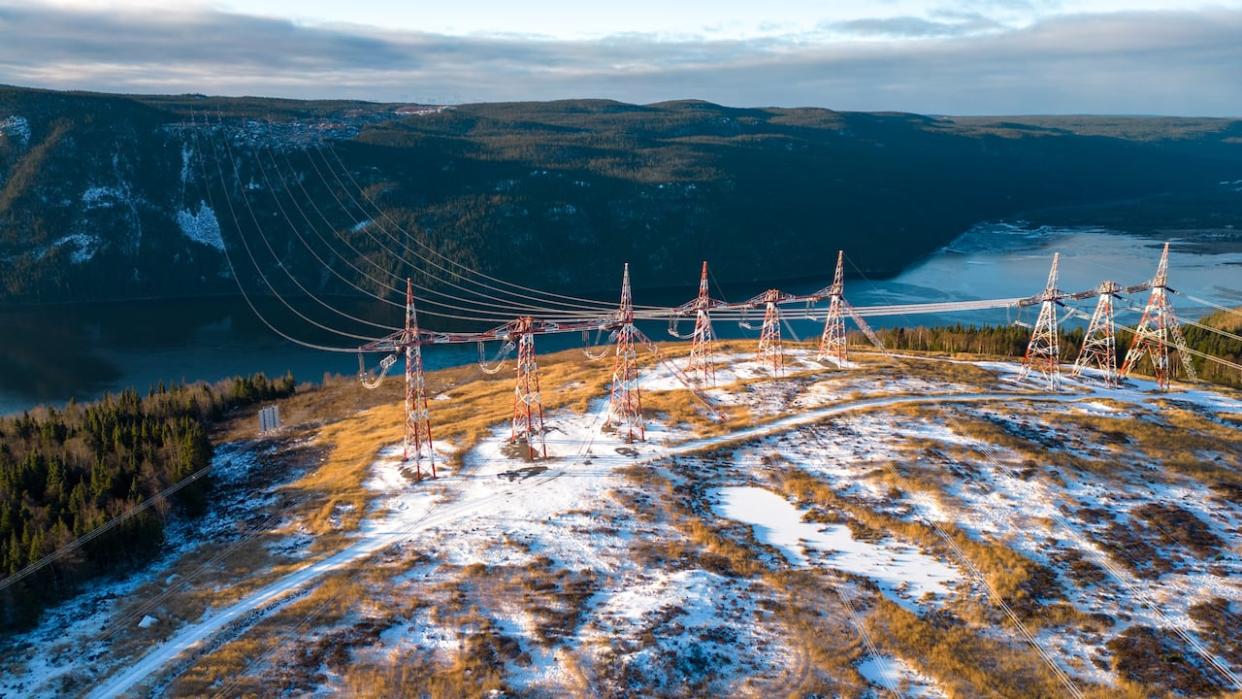
"Quebec is that way," says Walter Parsons, pointing toward a string of power lines spanning south across the Churchill River.
As he speaks, the high voltage wires – the beginning of a 1,200-pylon transmission network leading to the Quebec border – crackle softly, breaking the silence of an otherwise still morning in Labrador.
"That's where we send about 90 per cent of the electricity produced here at Churchill Falls. For Quebec, that's about 15 per cent of all their electricity," adds Parsons, Newfoundland and Labrador Hydro's vice-president responsible for transmission and business development.
For a few hours, Parsons serves as CBC/Radio-Canada's guide, giving a small camera crew a rare glimpse of the isolated Churchill Falls hydroelectric complex – the second most powerful in the country, whose future is currently being negotiated by the Quebec and Newfoundland and Labrador governments hundreds of kilometres south.
As Parsons walks through the quietly buzzing switchyard, some 300 metres below his feet, water from the Churchill River rushes through 11 spinning generating units.
Each one weighs about 800 tonnes. Together, they supply hundreds of thousands of homes with electricity.
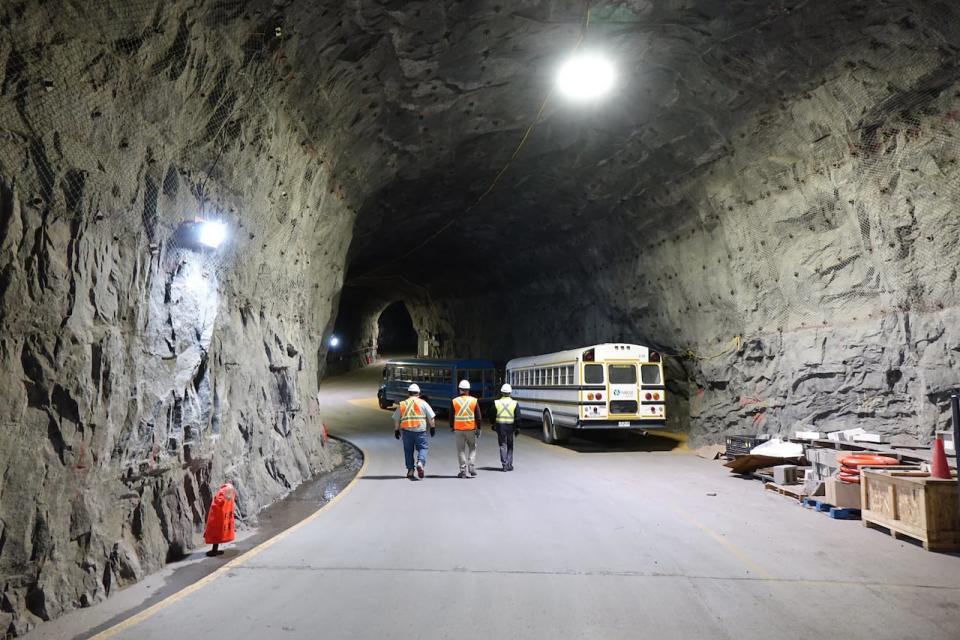
A tunnel leads to the machine room at the Churchill Falls plant, 300 metres under the surface, where 5428 megawatts of electricity is produced. (Patrick Butler/Radio-Canada)
"The plant is completely underground," Parsons says.
"Don't forget, Churchill Falls really started out as a mining project. We had to take out all the rock," adds Cyril Penton, who oversees day-to-day operations at the Churchill Falls plant, which first produced electricity in 1971.
Vast complex, vertiginous drop
Churchill Falls isn't just one dam, but rather a series of 88 dykes redirecting a watershed the size of New Brunswick toward a plant buried deep in the rock.
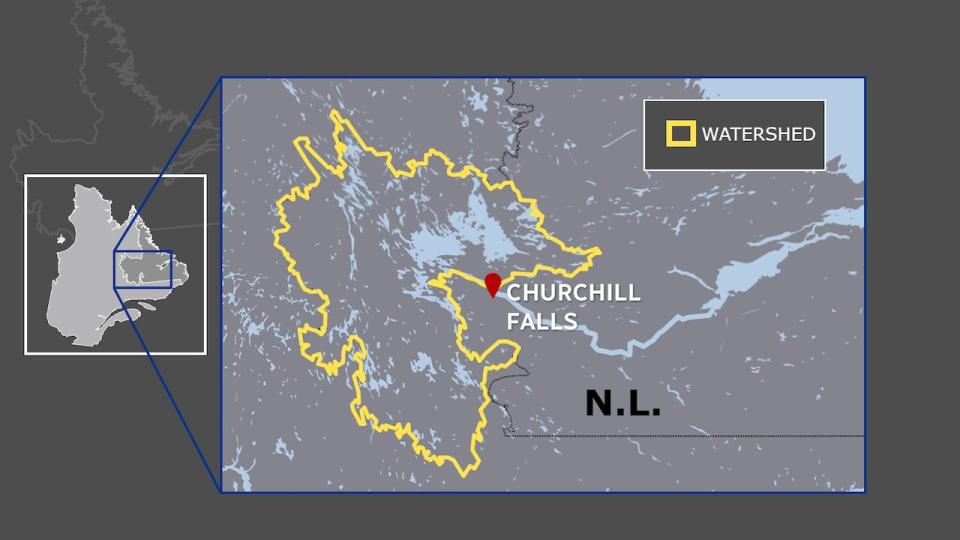
The Churchill Falls watershed, shown in yellow, spans an area the size of New Brunswick. (Radio-Canada)
When it arrives at the intake level, the water plunges suddenly down 11 intake canals.
The rapid descent helps explain why Churchill Falls is an ideal place for producing hydroelectricity. The higher the drop, the quicker the water falls and the more force it exerts on the turbines, producing more electricity.
The plant's main elevator follows that vertiginous drop. After a few seconds, the doors open onto a granite tunnel, where the air is heavier and the sound – a heavy machine thrum – is everywhere.
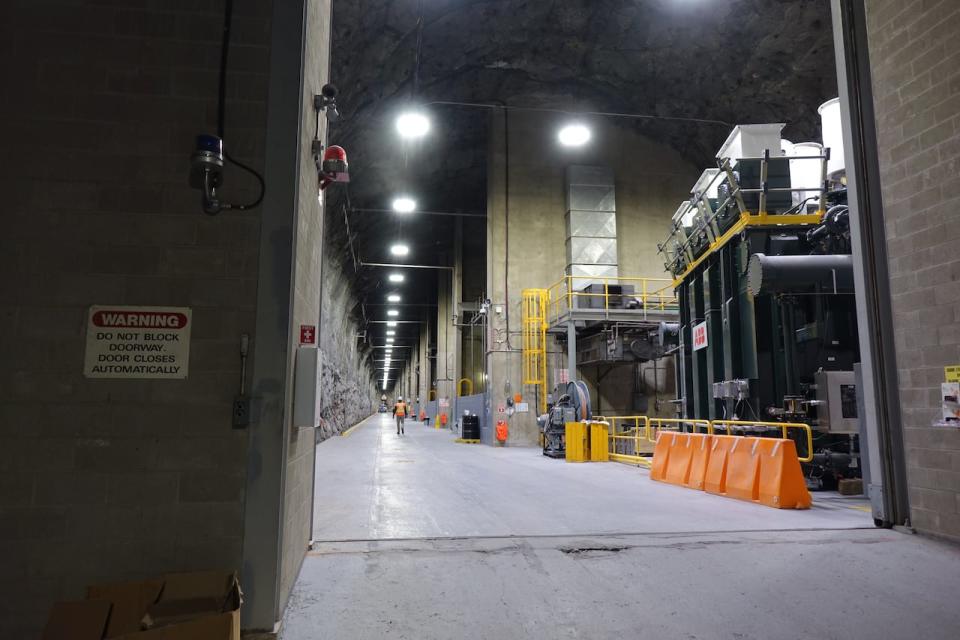
A 300-metre-long tunnel houses 11 transformers, which regulated the voltage of the electricity produced by the generating units below. (Patrick Butler/Radio-Canada)
A set of heavy doors swing open to reveal a vast tunnel stretching 300 metres and housing a row of transformers the shape of giant, high-tech dumpsters.
Each machine controls the voltage and intensity of the electricity being sent to the surface. Each one regulates some 550 megawatts of electricity – enough to power the entire Avalon Peninsula.

The Rubik's cube colours of the machine room, at the Churchill Falls plant, harken back to the 1960s and '70s, when the hydroelectric complex was built. (Patrick Butler/Radio-Canada)
One floor below the transformers lies the machine room, whose Rubik's cube colours – dull red, blue, yellow and green panels – harken back to the period, a half century ago, when the dam began operating.
"The colours really evoke the period when this was built", says Parsons, wearing earplugs and yelling to make himself heard.
He points to a generating unit turning 200 times per minute beneath a yellow floor. Two cranes can lift the unit up completely – the ceilings in the machine room are 50 metres high – for repairs and inspection.
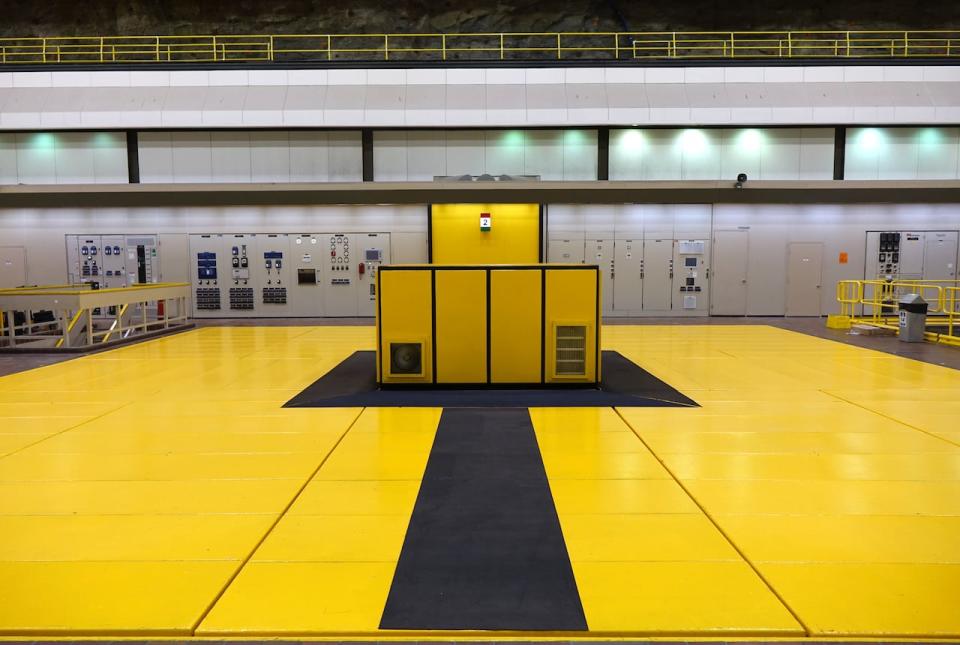
Below this yellow floor, one of the Churchill Falls plant's 11 generating units spins 200 times per minute. Each unit weighs 800 tonnes can be completely lifted out of the floor by two cranes. (Patrick Butler/Radio-Canada)
Expansion possibilities
The Churchill Falls plant can already produce some 5,428 megawatts of electricity. That's about seven times the full capacity at the Muskrat Falls dam and almost four times that of Quebec's brand new La Romaine plant.
Annual production in 2022 at select Canadian hydroelectric plants:
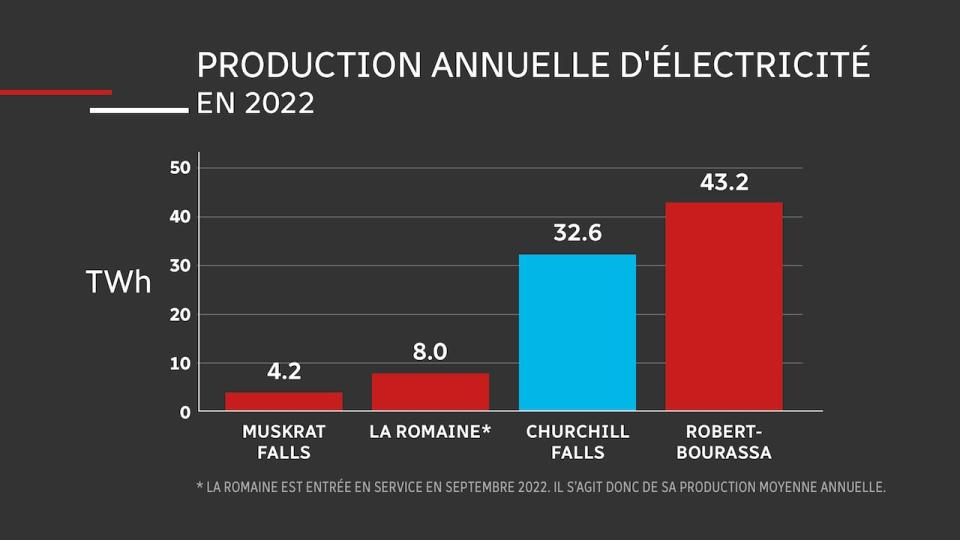
*The La Romaine complex began producing electricity in September 2022. An annual production average is shown. (Radio-Canada)
However, more electricity could be produced at Churchill Falls if the Newfoundland and Labrador and Quebec government can reach a deal.
N.L. Hydro has already done its homework, according to Walter Parsons.
"There are a couple projects we've studied recently", says Parsons.
First, upgrading the existing turbines could add some 500 megawatts of capacity, he says.
A second plant, built above ground near the existing facility's tailrace, where the water returns to the riverbed, could also add another 1,100 megawatts.
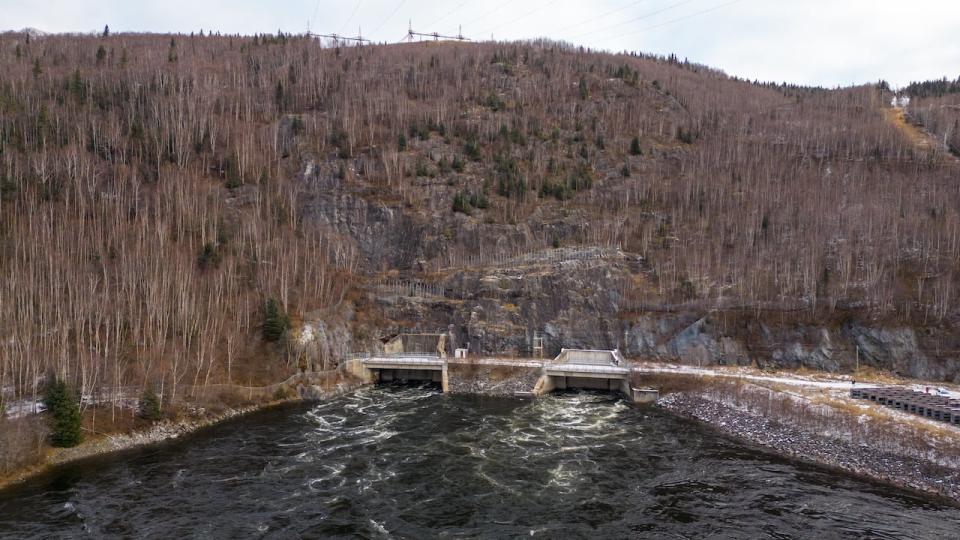
At the tailrace of the Churchill Falls plant, water returns to the river. If a second plant is constructed, it will be located above ground next to the existing tailrace. (Danny Arsenault/CBC)
What it would take
The current Churchill Falls contract, signed in 1969 and described as "punitive" by Newfoundland and Labrador Premier Andrew Furey, has no escalator clause, making it extremely lucrative for Hydro-Quebec. While Hydro-Quebec is responsible for transmission costs at the border, thanks to the agreement, it continues to buy Churchill Falls power at just 0.2 cents per kilowatt hour – and can continue to do so until 2041.

Walter Parsons, Newfoundland and Labrador Hydro's vice-president in charge of transmission and business development, peers out the window of a helicopter flying above the Churchill Falls plant. (Patrick Butler/Walter Parsons)
Despite the current, highly advantageous deal, Quebec government, hungry for new clean energy sources, has signalled it would reopen the deal prematurely if Newfoundland and Labrador allows new hydroelectric development on the Churchill River.
Two projects are possible, according to Quebec Premier François Legault: upgrading Churchill Falls, but also building an entirely new 2,200-megawatt dam at Gull Island.
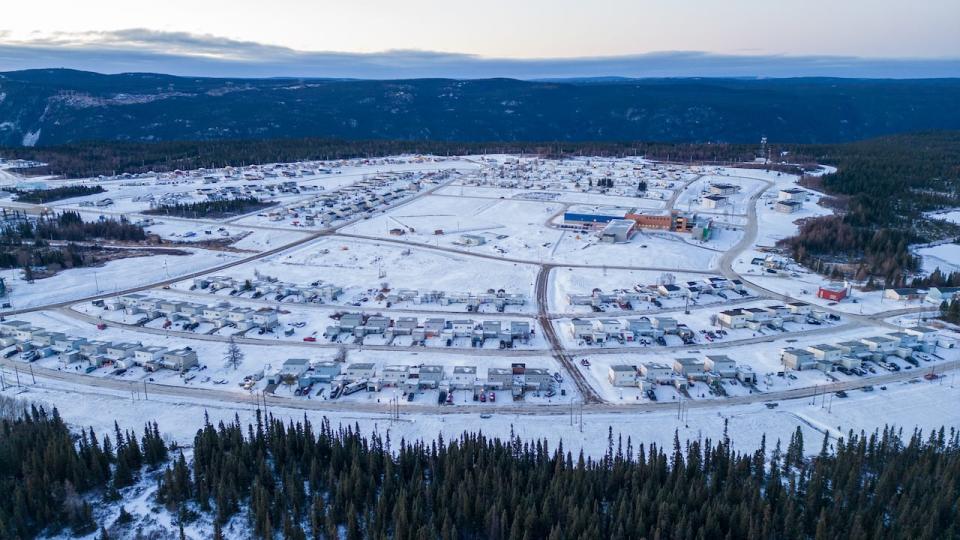
About 650 people live in Churchill Falls year round. Almost all the residents work for Newfoundland and Labrador Hydro, which operates the school and the recreation facilities, and owns all the housing. (Danny Arsenault/CBC)
Both projects likely also hinge on negotiations with the Innu. Innu groups on both sides of the Quebec-Labrador border have said they'll fight any development deal reached without their consent.
24/7 operation
While talks continue between Quebec and Newfoundland and Labrador, life goes on in Churchill Falls, according to Penton.
About 650 people live year-round in the town and no matter what's being discussed between governments in St. John's and Quebec City, he says their mission stays the same: keeping one of the continent's biggest power plants running as well as it did when it was built.
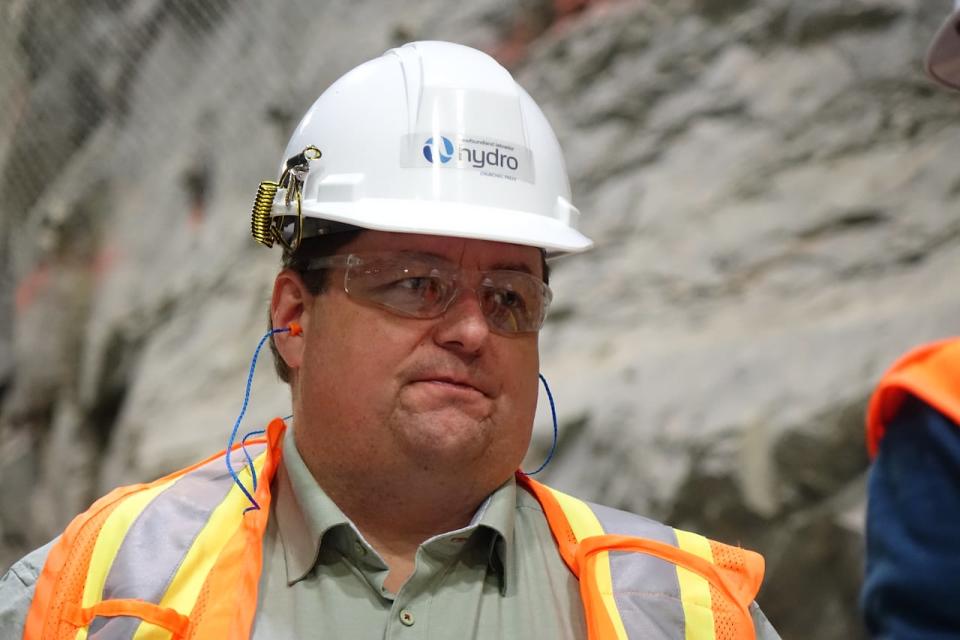
Cyril Penton runs the Churchill Falls plant and the neighbouring community whose 650 residents keep the complex up and running. (Patrick Butler/Radio-Canada)
"It'll last another 50 years and many more," yells Penton, wearing earplugs while on the transformer room floor.
"We're in an underground cavern with rock that's billions of years old. Very stable, solid engineering that's stood the test of time. We'll have Churchill Falls around here for many years to come."
Download our free CBC News app to sign up for push alerts for CBC Newfoundland and Labrador. Click here to visit our landing page.


